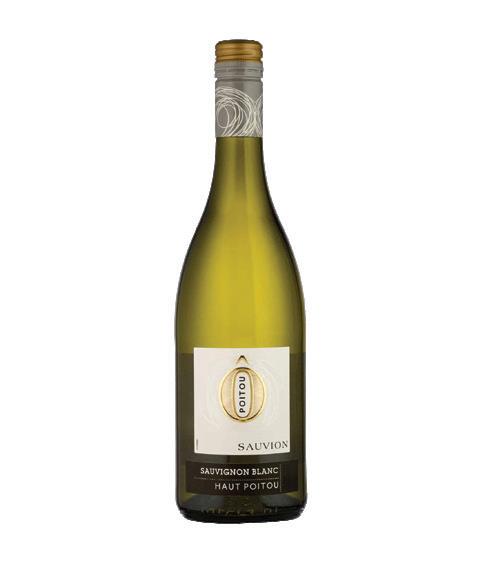
6 minute read
Classic
THERE ARE QUITE A FEW wine-growing regions that have garnered considerable reputation and pedigree, often over hundreds of years, with the majority of these being in Europe. This heritage allows those lucky Vignerons whose vineyards lie within these feted designations to charge a (hefty) premium for their wares. This is fine if your pockets are suitably deep, but for most of us, this isn’t the case, so what to drink if your palate isn’t aligned with your bank balance?
I am often asked just why some wines are so expensive and are they worth the premium? There are a multitude of factors that will impact on the price of a bottle of wine from very obvious things such as the price of grapes and the cost of living, to more obscure facets such as which forest provided the oak to make the barrels in which the wine was aged. When it comes to the top end, however, it is supply and demand that really dictates the pricing. Fine wine is a truly global commodity these days and wine lovers are increasingly priced out of the market by Chinese billionaires, Russian oligarchs, etc.
Advertisement



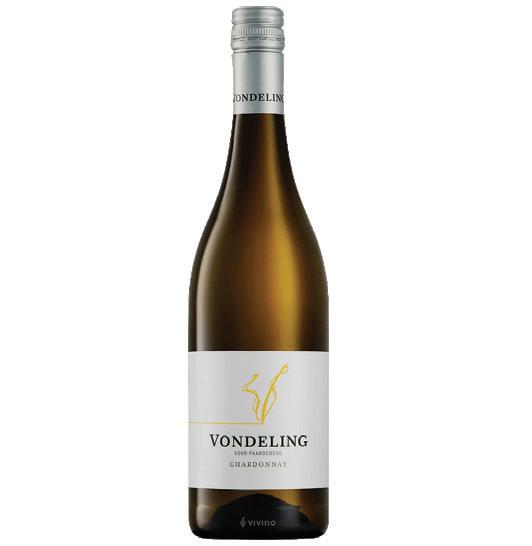
One of the things that I enjoy most about the wine trade is discovering and promoting the fine wines of the future – wines that have an obvious quality but are just starting to find their place in the market. Even the Chateau Lafite’s and Domaine de la Romanée Conti’s of this world had to start somewhere! Often, the most viable alternatives to the ‘establishment’ will be grown very much in the same locale, so sniffing around the edges of the classic regions can often, quite literally bear fruit – here are some examples…
Châteauneuf-du-Pape Ch9 was the first wine region in France to be granted Appellation Contrôllée status almost 100 years ago. It is the standard bearer for the wines of the southern Rhône valley and based on the amount that I sell, primarily as gifts, it’s safe to say that a lot of wine drinkers rate it as one of their favourites. Around £30 should get you a respectable example with really good ones for an additional £20 or so. The most reputable properties, as ever, come at a premium, with Ch. Rayas now selling for north of £1,000 a bottle! If Ch9 is your thing, then it is worth trying other wines from the southern Rhône; Gigondas and Vacqueyras are both in very much the same vein, but even a decent quality Côtes du Rhône-Villages can give it a good run for its money. Try: Domaine de Mourchon ‘Tradition’ Côtes du Rhône-Villages 2020 (£15.75)
Barolo The ‘king of wines and the wine of kings’, Barolo from Piemonte in north west Italy is one of the more enigmatic fine wines and I would expect to pay upwards of £40 to get a good one. You can find examples for less and many are perfectly drinkable, although I invariably conclude that £15-£20 goes an awful lot further in other, less ‘popular’ wine regions. However, if those distinctive aromas of leather, truffle and violets are what you crave, then seeking out a Langhe Nebbiolo from a good producer such as Pio Cesare should sate you for a more manageable sum. Alternatively, give Barbera a try – it is often regarded as a poor relation to Barolo, but for me it is one of the most typical Italian reds with its juicy acidity and meaty, savoury flavours making it a brilliant food wine. Try: Barbera Superiore Colli Tortonesi Cantine Volpi 2020 (£12.50)
Sancerre Long before New Zealand Sauvignon Blanc became a thing, this was the pinnacle for lovers of Sauvignon Blanc, and while a decent Sancerre won’t run to the sums of some of the other wines featured here, it is still somewhat ‘steep’ for drinking on a school night. Happily, there are several very viable alternatives grown just a stone’s throw away. In my humble opinion, Menetou-Salon is the best of these, but do also consider Quincy, Reuilly and Haut-Poitou, all of which are 100% Sauvignon Blanc, also from the Loire Valley with similarly fresh, verdant aromas and crisp palates bursting with vitality. Try: Haut-Poitou ‘O’ Sauvion 2021 (£11.95)
Burgundy At its best, this small region in northern France produces the ultimate Chardonnay whites and Pinot Noir reds. Demand is sky-high and availability seemingly ever more limited. This has been exacerbated by a succession of smaller than average vintages due to climatic conditions. Historically, I have advised seeking out less fashionable appellations from within Burgundy itself, such as Pernand-Vergelesses or Chorey-les-Beaune, but even these are now really quite pricey so instead, I would look to France’s vast vinous reserve that is the Languedoc. Alternatively, New Zealand produces some outstanding Pinot Noir, albeit in a different style to Burgundy, whilst I have enjoyed excellent Chardonnay from many countries, I would place South Africa pretty much at the top of that list. Try: L’Artisan IGP Pays d’Oc ‘Le Pinot Noir 2021 (£11.95); Vondeling ‘Barrel Selection’ Voor-Paardeberg Chardonnay 2021 (£15.95)
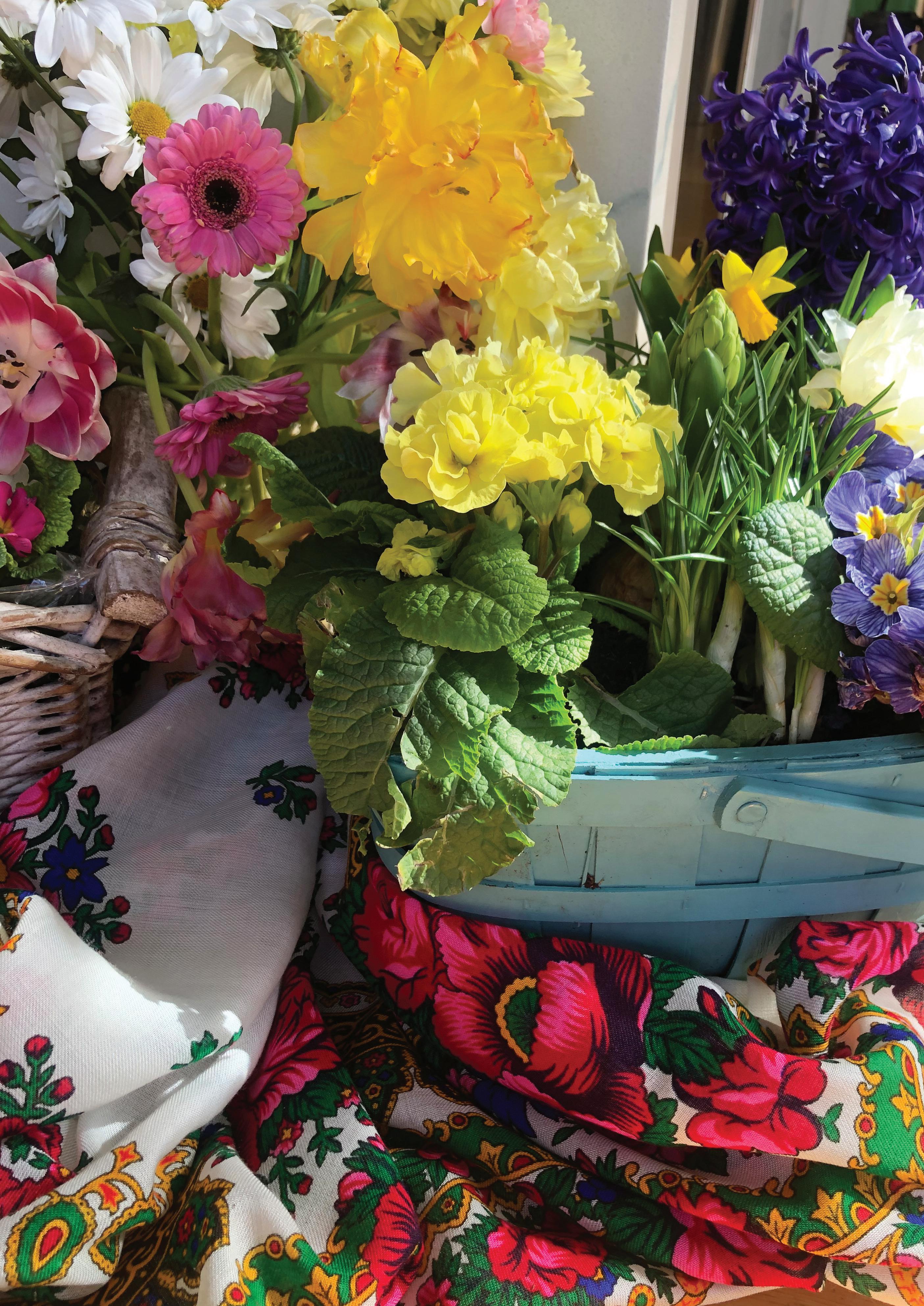

PREPARING FOR EASTER outdoors starts with the usual chores we all know about. Giving the lawn its first cut of the season is a job I’m usually itching to do – probably because it always makes an instant difference and spurs me on to do the rest. Next is a general tidy-up of the borders with some light weeding and maybe any last bits of pruning that need doing before it’s too late (don’t forget your roses and lavender bushes). Giving your patio a scrub (a stiff yard brush is needed here) and cleaning any garden furniture is a must as well. This will have them looking like new and helps give your garden that spring freshness ahead of the Easter holidays.
n DECORATING THE GARDEN
Once everything’s spick and span, it’s the decorative floral touches which I enjoy adding the most. After all, Easter is a time to relax and enjoy yourself. April is a month that can still look quite bare in the garden, so buying seasonal plants already in bloom is a quick and easy way of injecting some vibrant colour into the areas that need it most. Purchasing plants in pots and containers means you can easily move them around, arranging them on empty patios or by the front door, as I like to do.
n BOUNTIFUL BASKETS
Baskets are the traditional seasonal favourite and make lovely gifts too. Shop-bought ones are so expensive and unnecessary when filling them yourself with spring bedding plants couldn’t be easier. Baskets can be picked up cheaply from lots of discount stores – I’ve had some good finds in charity shops, so you don’t need to spend a fortune. Lining the basket with plastic or thick tin foil, to begin with, makes the container waterproof – which is essential if you want to bring them indoors. Filling the basket halfway up with some potting compost is the next step, and then it’s the fun bit. Seasonal bedding plants and bulbs are cheap and cheerful and can be picked up everywhere right now. Lidl and Aldi both have a fantastic range to select from that won’t break the bank. Choosing a wide variety of different plants works best. Here are some of my classic favourites to help you along.
Primulas bring instant cheer with their vibrant colour and with such an array to choose from, I’m always spoilt for choice. From bright pinks to deep purples set against sunny yellows and crisp whites, I usually end up buying one of each. Even though some would consider them garish, I grow what brings me joy and I think these have it in bucket loads.
Pots of dwarf daffodils and narcissi are the quintessential spring flower I just couldn’t leave out and are so easy to plant up in between the others in your basket. I simply adore hyacinths as well, particularly the soft pink and deep blue varieties. Buying these ready-grown in pots takes all of the hard work out of planting them months beforehand. Like daffodils bought in the same way, when the hyacinths have finished flowering you can just leave them in the basket to flower again next year or carefully lift them and plant them out into borders. This is called planting in the green, something I much prefer to do rather than planting bare bulbs.
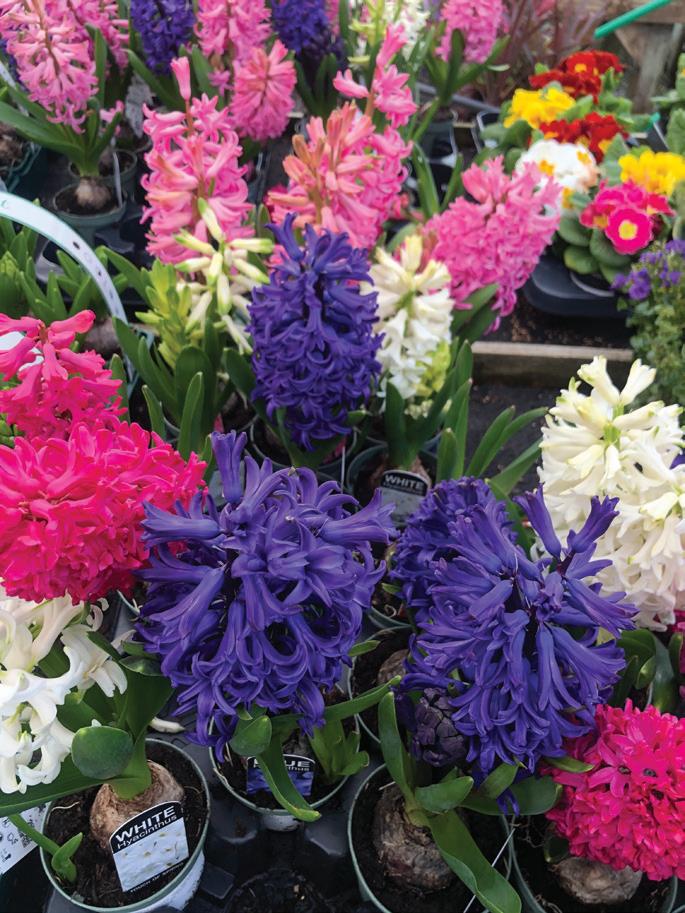
If you’re going for maximum overload with your Easter basket, as I always do, you surely have to find a spot for a pansy or two. These cheerful plants really earn their keep and will go on flowering well into early summer. Violas, the pansy’s dainty little cousin, are worthy of a space too and are hardy even when it’s still quite nippy outside. Finally, if you’ve got an inch of space left, novelty additions like decorated eggs, chicks and bunnies are the perfect finishing touches. Children love these and baskets make a great place to hide eggs too.
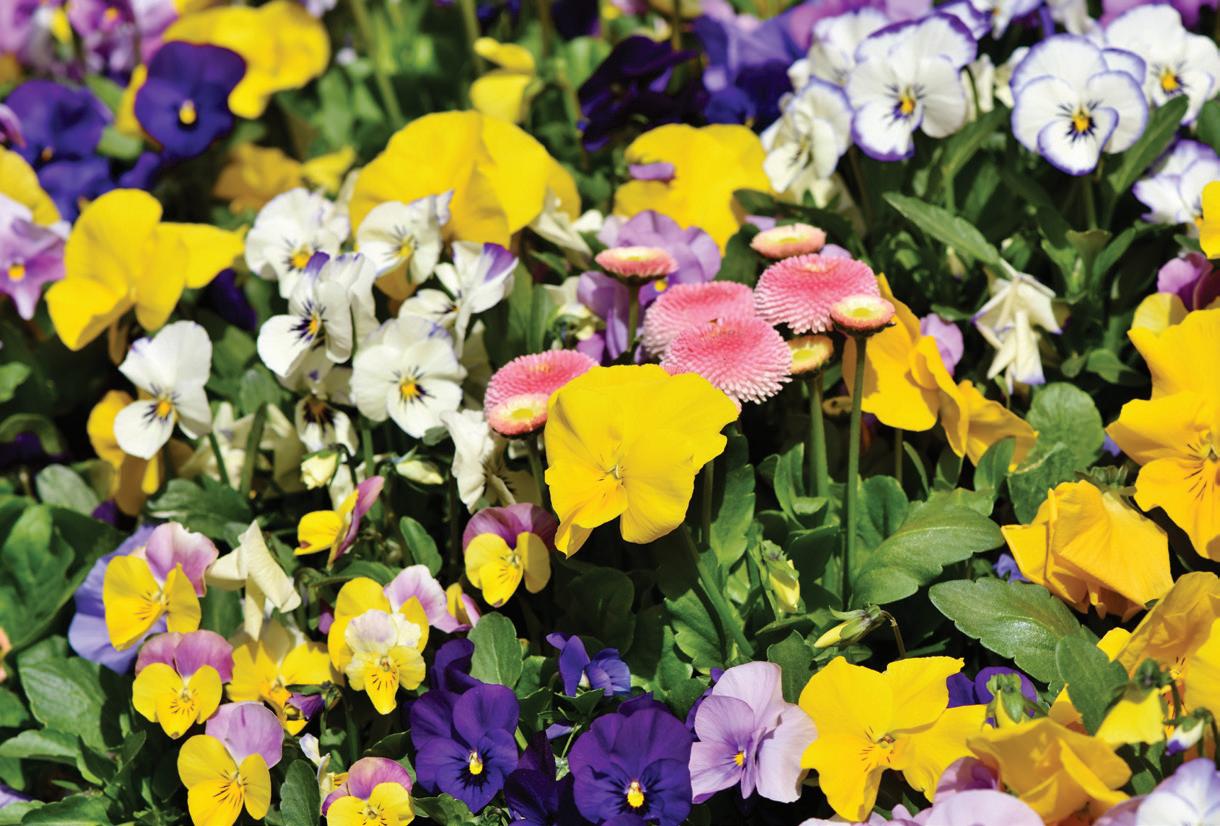
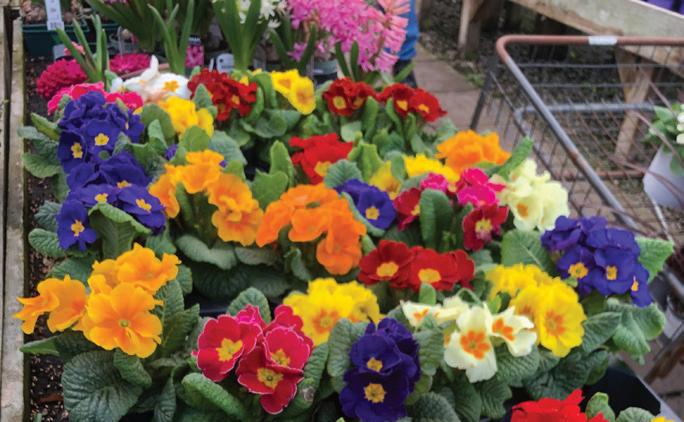
If, however, you fancy having something a bit more dramatic, bigger containers always provide maximum impact. Planting a tree in blossom right now or a flowering shrub will certainly add a wow factor to any patio or front garden. Camellias are in full bloom right now and I’ve seen some breathtaking specimens around the city. Magnolias are stunning too. If you like the idea of making them centre stage, before you plant them out, fill enough pots with all those spring flowers and bulbs I’ve suggested, and simply arrange them around the tree container. Ta-da! A showstopper guaranteed to stop any Easter bunny in its tracks!
UNTIL NEXT TIME, HAPPY GARDENING AND HAPPY EASTER! | HEATHERMARSHYM@GMAIL.COM
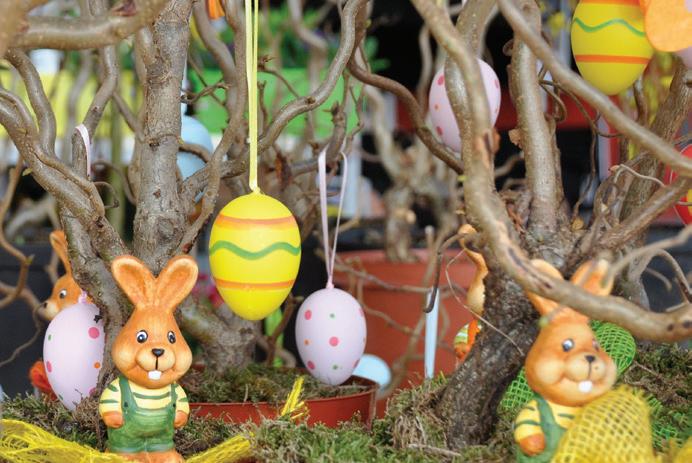
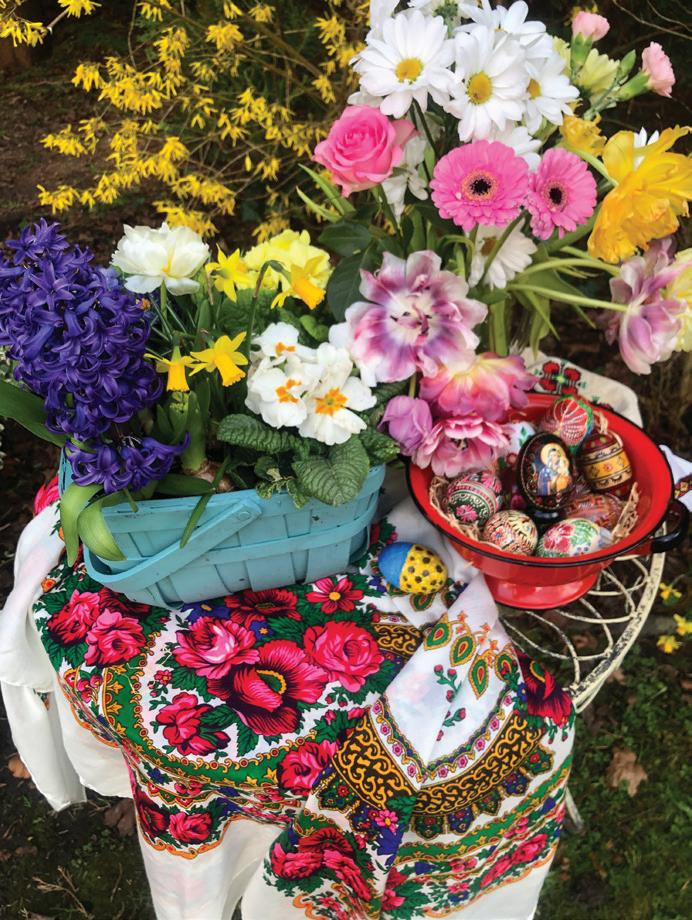
S Independent Family Funeral Directors





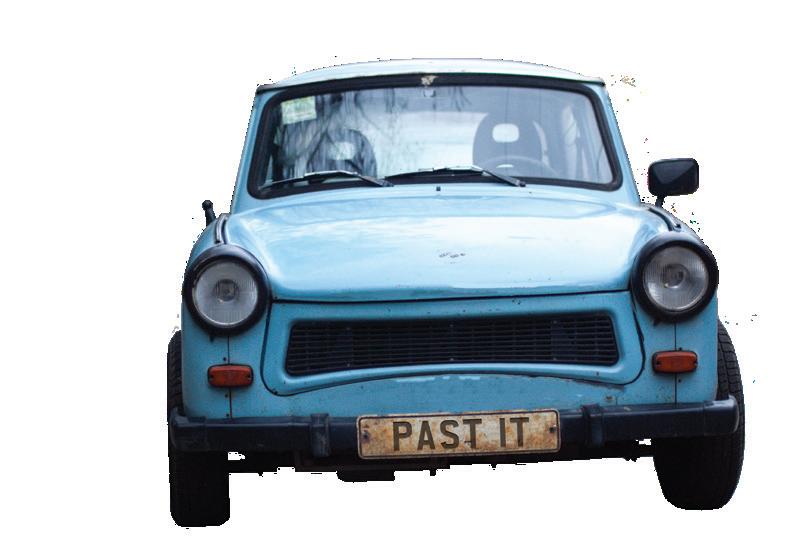

Richard and Shannon Jenkins Funeral directors are your local, trusted, independent funeral directors. We believe in being at the heart of the community, providing a first class 24 hour service and building strong everlasting relations with you and your family at this very difficult time.














